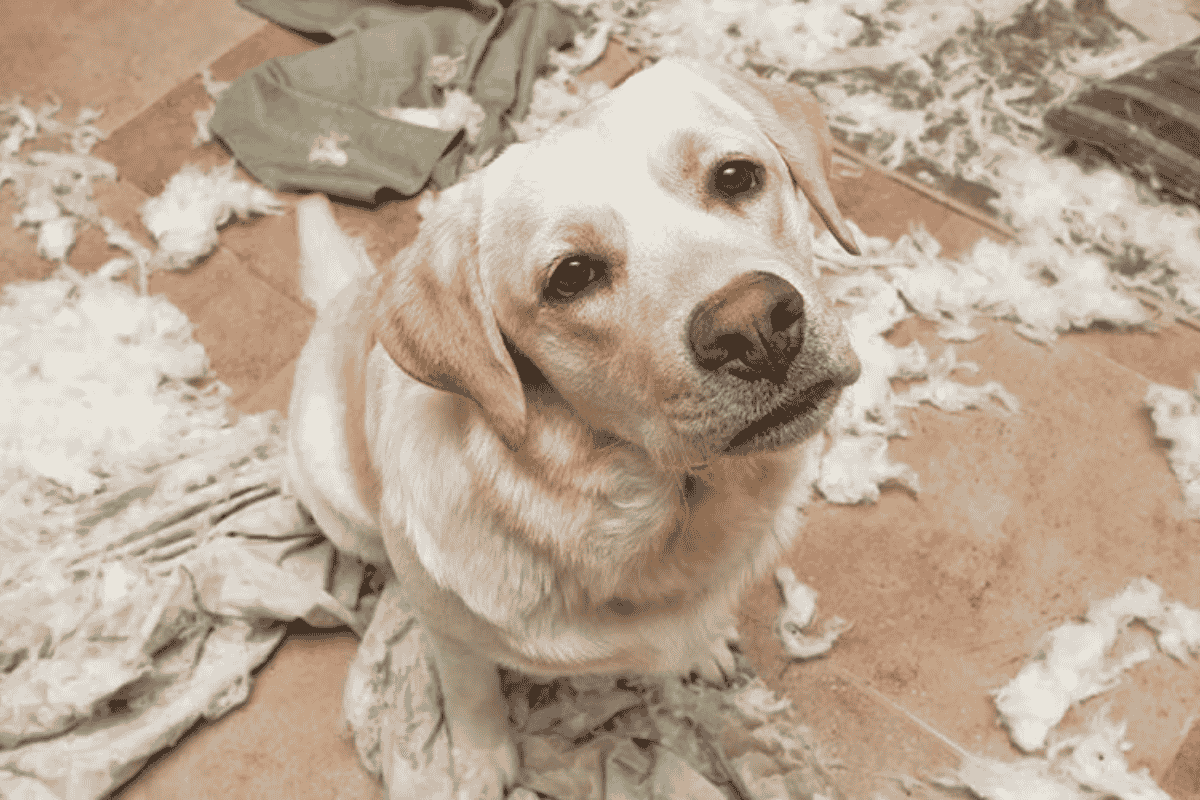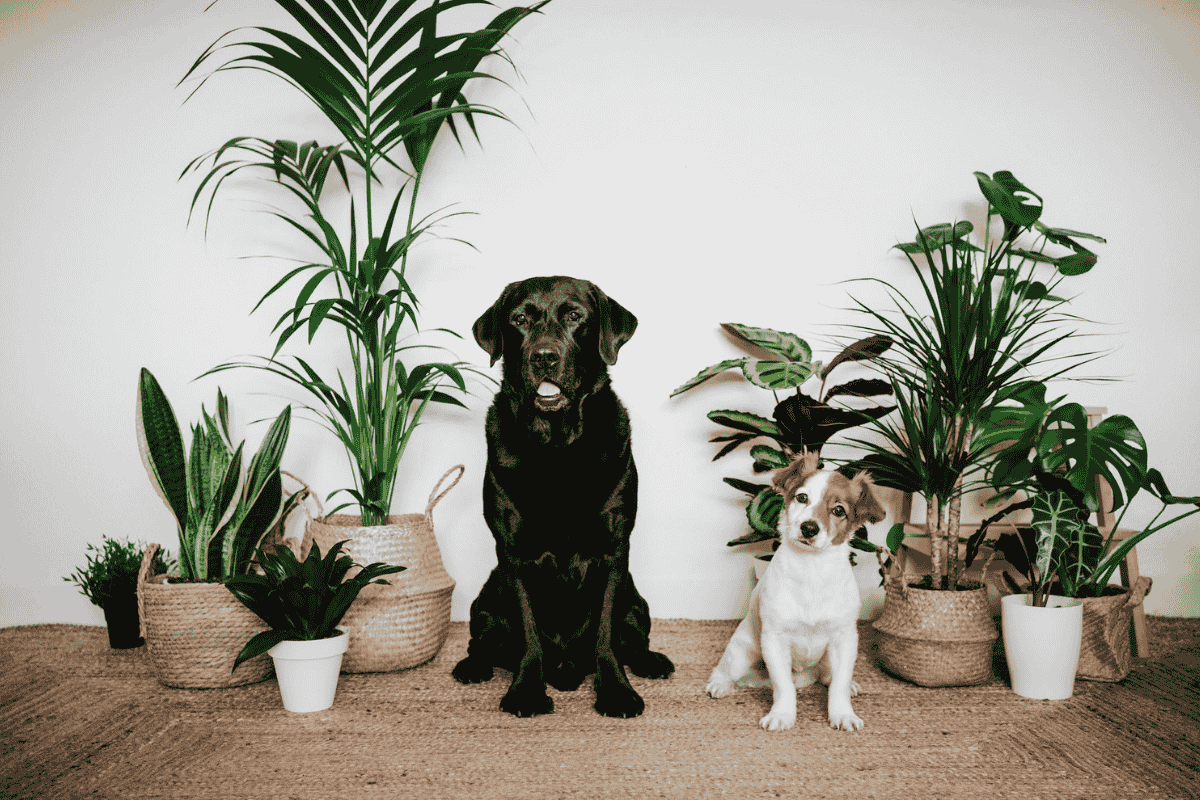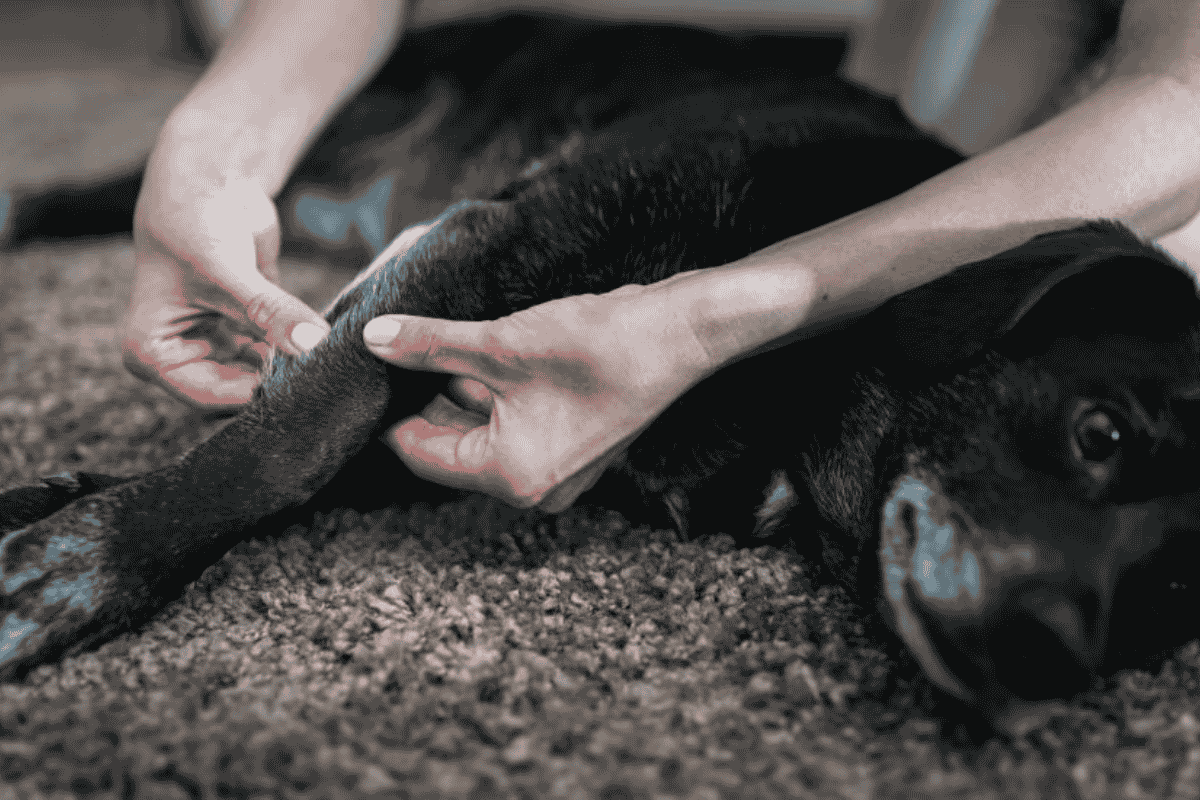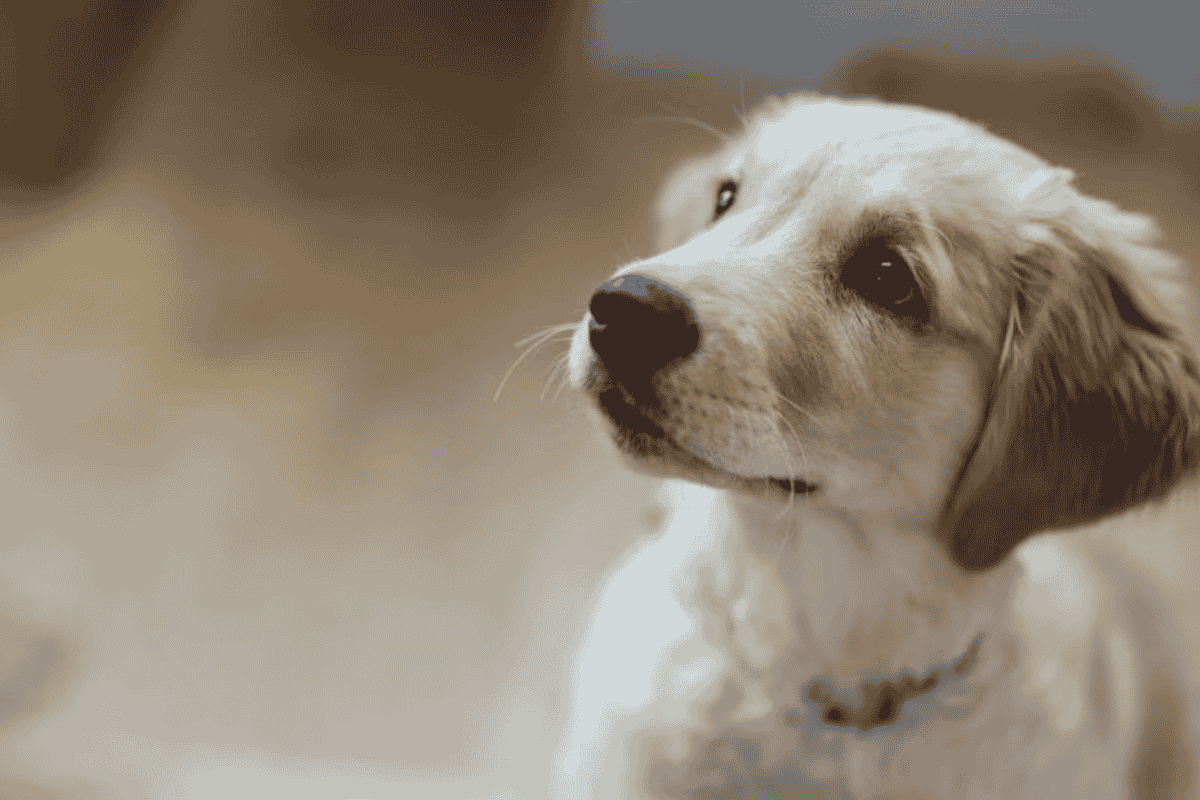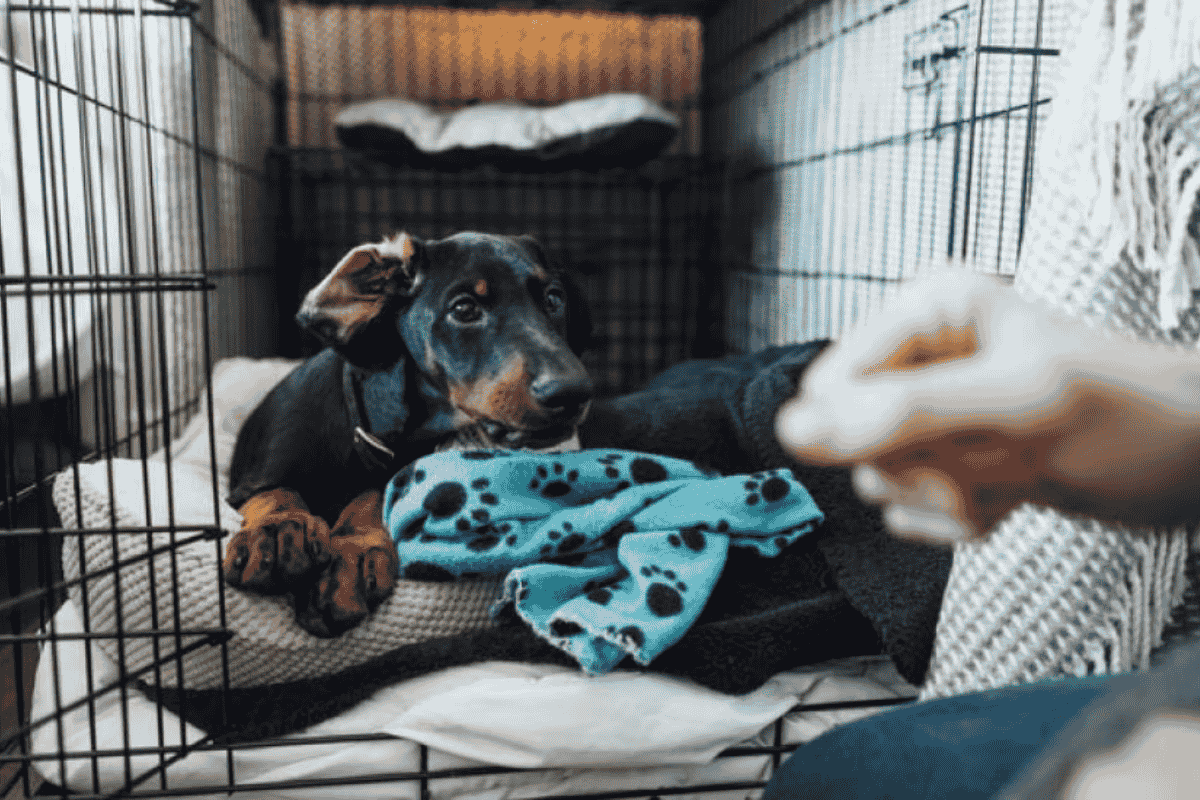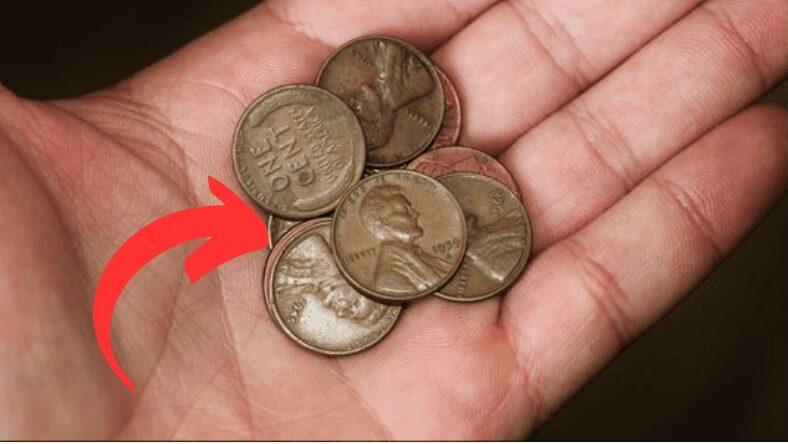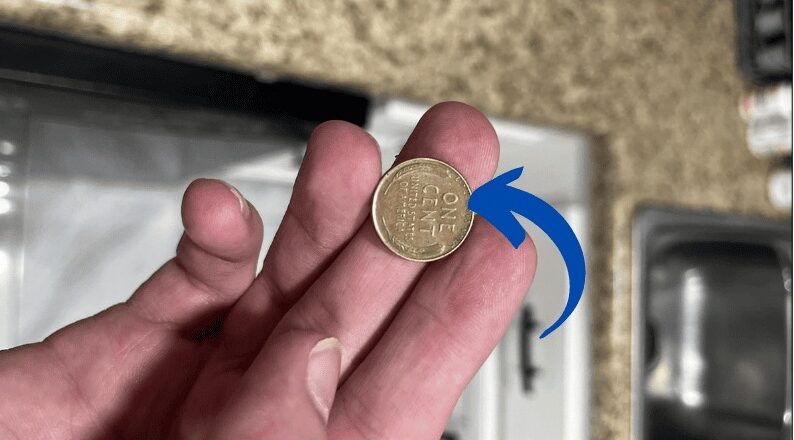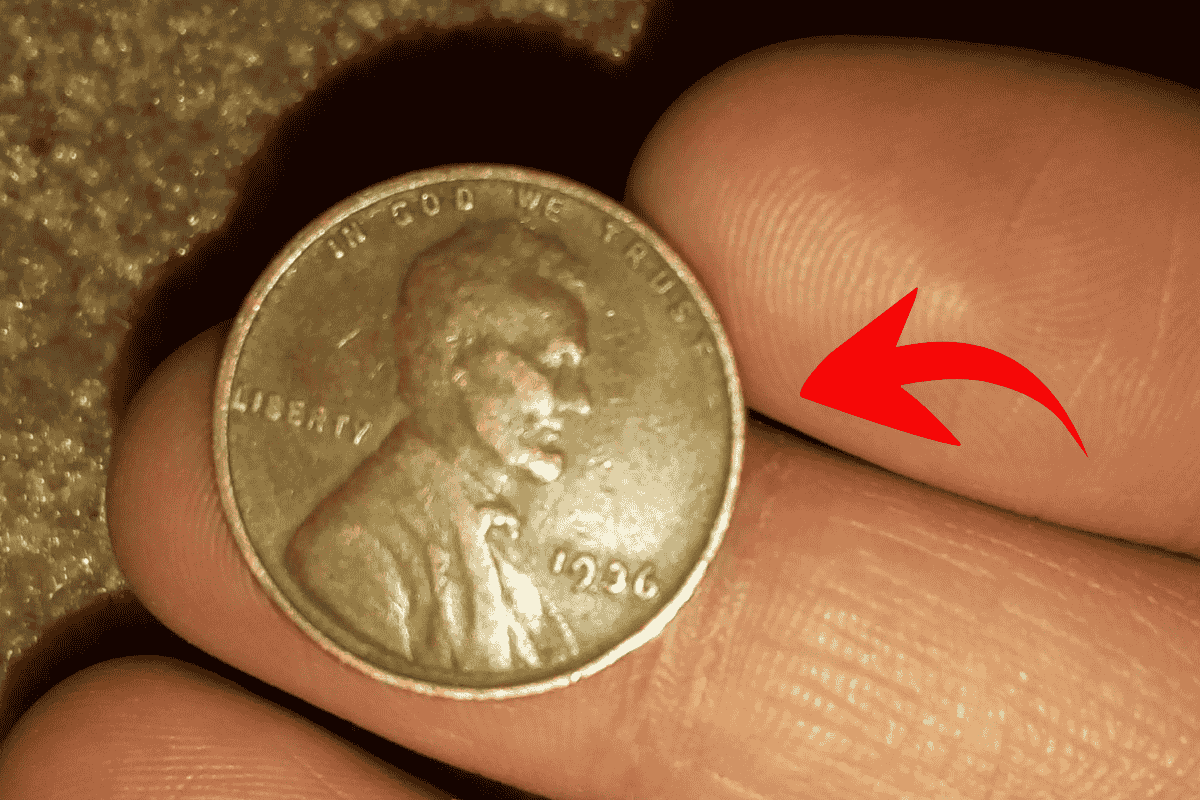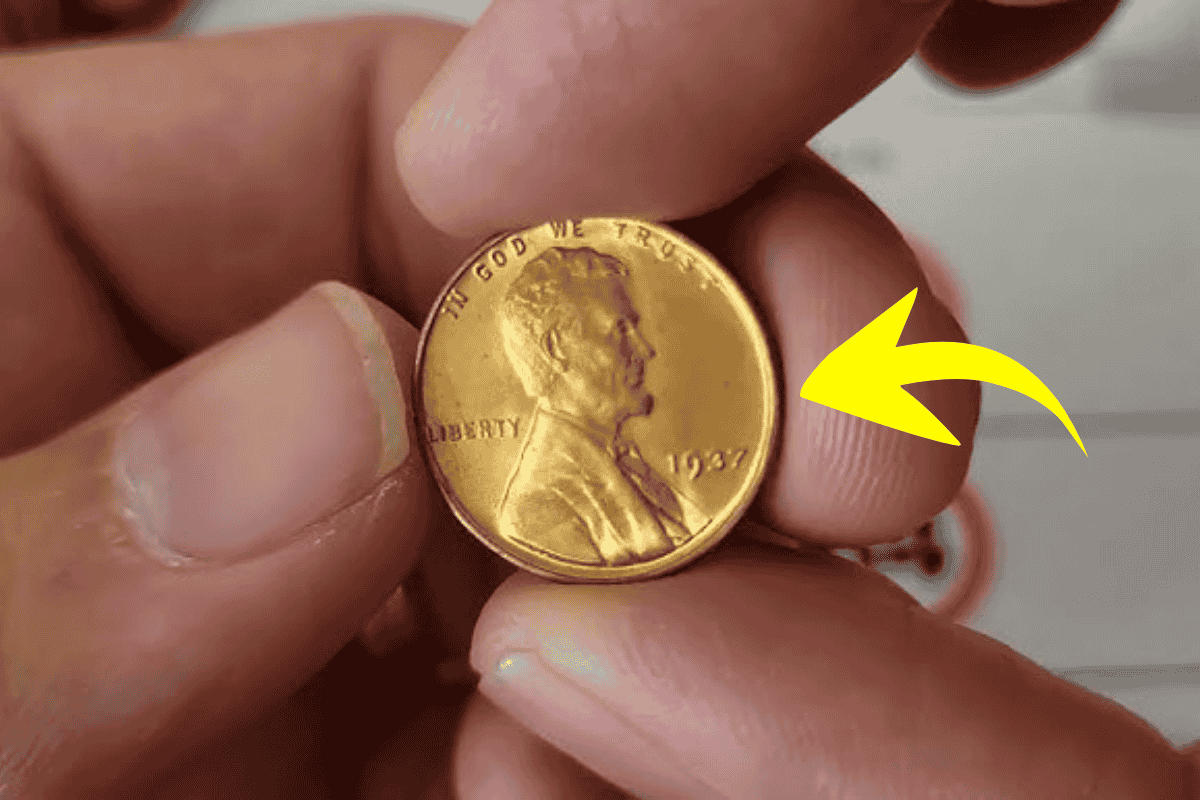Separation anxiety in dogs can be distressing for both pets and their humans. Unlike simple mischief, it stems from deep emotional distress when a dog is left alone.
With time, patience, and proper support, you can help your dog feel more secure and confident during your absence.
What Is Dog Separation Anxiety?
Separation anxiety is a stress response triggered when dogs are separated from their bonded person or people.
Certified separation anxiety trainer (CSAT) Tina Flores explains that this is comparable to a human experiencing a panic attack—dogs’ bodies are flooded with stress hormones every time they’re left alone.
Signs include drooling, trembling, destructive chewing, house soiling, and pacing. This condition requires thoughtful intervention to reduce anxiety and improve your dog’s well-being.
How to Help a Dog With Separation Anxiety
The main goal is to help your dog feel less reliant on your presence and gradually learn to relax when left alone. Treatment is a long-term process that requires consistency and compassion.
Behavior Modification
Systematic desensitization training is the most effective approach. Begin by leaving your dog for very short periods—seconds at first—returning before they show stress.
Over time, increase the duration slowly. Pre-departure cues (like grabbing keys or putting on shoes) should also be desensitized, so they no longer signal panic.
A professional trainer or veterinary behaviorist can customize this program to your dog’s pace.
Don’t Leave Your Dog Alone for Long
During training, your dog should never be left alone long enough to trigger anxiety. If you can’t be home, enlist help from neighbors, friends, family, dog walkers, or daycare to manage absences and protect training progress.
Exercise Your Dog
Physical activity and mental stimulation can reduce stress. Dogs with mild separation intolerance benefit from:
- Puzzle toys
- Scenting games like “find the toy”
- Short trick training sessions
These activities tire out both body and brain, making it easier for dogs to rest when left alone.
Interactive Toys
For dogs with mild cases, treat-dispensing or puzzle toys can create a positive association with alone time. However, dogs with severe anxiety may view these toys as cues that you’re leaving, which can worsen stress once the food is gone.
Use Pet Prescription Medication
In severe cases, veterinary-prescribed medication may be necessary. According to Dr. Arielle Schoenlein, medications are typically used alongside training when:
- A dog injures themselves
- Other animals are harmed
- Household items are destroyed
- Quality of life is at risk
Two common options include:
- Long-term medications like fluoxetine (take weeks to take effect)
- Event-specific medications like trazodone (help during triggers or absences)
Medication reduces overall anxiety, allowing training to be more effective.
Can Separation Anxiety in Dogs Be Cured?
While there is no instant cure, separation anxiety can be successfully managed with structured training and support. Progress is often slow—sometimes measured in seconds—but consistency pays off.
Working with a positive reinforcement trainer or veterinary behaviorist early on makes the process less overwhelming. With dedication, many dogs learn to feel calm and secure when left alone, improving life for both pup and parent.
